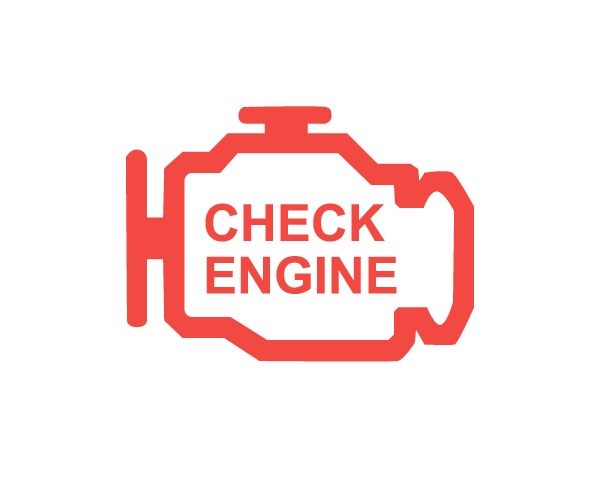 I’m not with the Ventiv team attending the National Workers’ Compensation and Disability Conference this week in Las Vegas, but I’m following the conference (#NWCDConf on Twitter) and keeping up with news from Ventiv (follow us on Twitter: @VentivTech). Naturally, claims are a big focus of NWCDC, so I wanted to pass along and comment on a useful paper I came across earlier this week about claims and predictive modeling. I also wanted to make a few points in support of my colleague Dawn Zoppa’s blog post yesterday about data quality.
I’m not with the Ventiv team attending the National Workers’ Compensation and Disability Conference this week in Las Vegas, but I’m following the conference (#NWCDConf on Twitter) and keeping up with news from Ventiv (follow us on Twitter: @VentivTech). Naturally, claims are a big focus of NWCDC, so I wanted to pass along and comment on a useful paper I came across earlier this week about claims and predictive modeling. I also wanted to make a few points in support of my colleague Dawn Zoppa’s blog post yesterday about data quality.
My colleague Dawn Zoppa’s blog post, “Carriers and TPAs know it’s all about analytics these days; but are they paying enough attention to their data foundations?”, reminded me of an important point: When you undertake to do advanced analysis on any dataset, the more data that’s available and the more detailed that data is makes a huge difference in the quality of the analytical work.
I was reminded of another, related point about data when I read “The Power of Predictive Models in Workers’ Compensation Claims Handling,” which is a very informative primer on predictive modeling. The paper didn’t cover, however, what in my opinion is a fundamental aspect of data analysis of any kind: the value of actually owning your own data, rather than being at the mercy of third-party data sources.
Before an risk analytics software engine can perform its magic, the data has to be present, detailed and very accurate. Consider workers’ compensation claim analysis: We all know about the safety-facing data, like body part, cause, days of disability and so on. But how often do we make sure we capture the medical diagnostic code (ICD-10), the specific medications, physical therapy modalities and details at that level? Owning your own data goes a long way toward making this kind of detail possible.
 When you capture the granular details, you have the opportunity to do some serious analytical work around the injury/illness types that result in the most costly cases, or the ones resulting in the longest periods of disability. Beyond those uses, predictive modeling offers the ability to look into the claim-reserving practices used by the insurer or TPA. Predictive modeling may provide a view to reserving practices that may vary between claim service providers, or may identify those case types that are most commonly over or under-reserved.
When you capture the granular details, you have the opportunity to do some serious analytical work around the injury/illness types that result in the most costly cases, or the ones resulting in the longest periods of disability. Beyond those uses, predictive modeling offers the ability to look into the claim-reserving practices used by the insurer or TPA. Predictive modeling may provide a view to reserving practices that may vary between claim service providers, or may identify those case types that are most commonly over or under-reserved.
In a more general sense, when the data is yours, you can manage its use in a way that is impactful to your business, as opposed to being simply “interesting.” For example, let’s say you’re responsible for claims performance for a steel foundry; when you don’t have access to your own data, a third party may be modeling your claims against any or all industries. Obviously, claims occurring in the food service industry may not have any meaningful impact on the claim performance for a steel foundry.
There’s also the security advantage of owning your own data, which gives you the freedom to employ it in the best interest of your firm and to protect the personal medical information in the interest of your employees and the required confidentiality of their medical history. It could be argued that whether you own and manage your own data yourself or outsource those functions to a third party, it is your fiduciary responsibility to protect the data that your claims develop. Indeed, that’s the Ventiv position with regard to the data we manage on behalf of our clients.
Just a couple of points to ponder when thinking about your claim data and the value that it can yield.
Jeff Gehrke is Ventiv’s Chief Risk Technology Evangelist. Contact Jeff at jeff.gehrke@ventivtech.com.







 I’m not with the Ventiv team attending the National Workers’ Compensation and Disability Conference this week in Las Vegas, but I’m following the conference (#NWCDConf on Twitter) and keeping up with news from Ventiv (follow us on Twitter: @VentivTech). Naturally, claims are a big focus of NWCDC, so I wanted to pass along and comment on a useful paper I came across earlier this week about claims and predictive modeling. I also wanted to make a few points in support of my colleague Dawn Zoppa’s blog post yesterday about data quality.
I’m not with the Ventiv team attending the National Workers’ Compensation and Disability Conference this week in Las Vegas, but I’m following the conference (#NWCDConf on Twitter) and keeping up with news from Ventiv (follow us on Twitter: @VentivTech). Naturally, claims are a big focus of NWCDC, so I wanted to pass along and comment on a useful paper I came across earlier this week about claims and predictive modeling. I also wanted to make a few points in support of my colleague Dawn Zoppa’s blog post yesterday about data quality.
